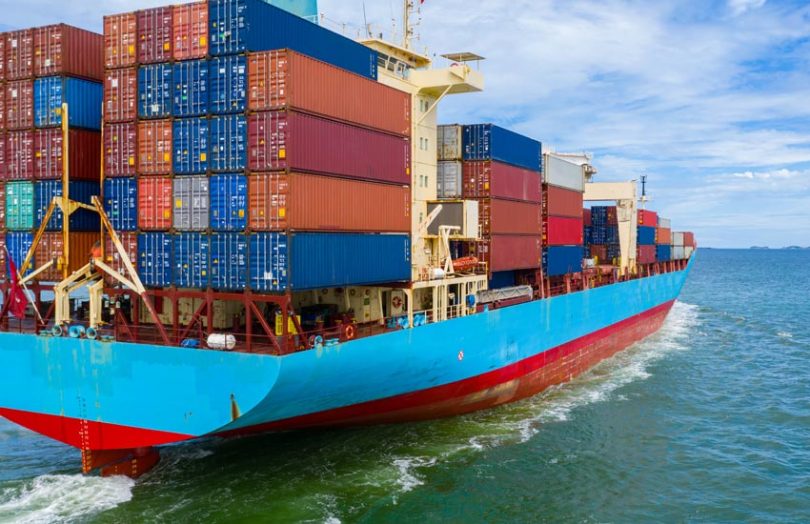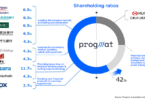Last week at the SIBOS banking conference, Daisuke Kamai from Japan’s MUFG bank outlined how NTT Data’s TradeWaltz blockchain aims to address one of the key challenges of blockchain consortia, digital islands. A quick hint: in the short term, it’s not blockchain interoperability.
The lessons learned came from MUFG’s experience with a new trade finance method, the Bank Payment Obligation (BPO) and why it didn’t take off. The BPO was formally launched in 2013. Despite backing from the International Chamber of Commerce and SWIFT, it suffered a lack of take up. Some blamed SWIFT for the costs involved if a bank only processed a few trades.
MUFG was one of the banks that launched BPOs and Kamai said its clients liked it and found real benefits. But the huge problem was that there were only 20 banks around the world that supported it. Trade and trade finance only work when you can do deals with sufficient numbers of counterparties, and with BPOs there weren’t enough.
“We assume this situation is not unique to BPO but will become a common challenge for all the new digital platforms in the market,” said Kamai. “We need to somehow overcome this challenge. Otherwise, the service will not scale.”
He noted that most of the trade and blockchain platforms only work when counterparties are onboarded on the same service. Our observation is that while network effects most certainly happen in business networks, they’re very different to social media, which has little friction in the adoption phase.
Japan’s TradeWaltz, has a solution. It’s a cross-industry trade and trade finance blockchain platform. It is now a company but started as a consortium of 18 major Japanese firms led by NTT Data. Members include banks such as MUFG and SMBC, insurers, shippers and the big Japanese traders including the top five Mitsubishi, Mitsui, Sumitomo, Itochu and Marubeni.
One of the features of TradeWaltz is it uses structured documents, not pdfs, although pdfs can be attached. So if a bank issues a Letter of Credit, and the counterparty bank isn’t on TradeWaltz, that could be a challenge.
Here’s TradeWaltz’s super simple solution: the ability to use the structured document to print out paper documentation and send it to the counterparty in the old fashioned way.
If both counterparties are on TradeWaltz that’s far better and there are significant advantages, but if not, it still works. One advantage of both sides being on the platform is the AI being developed to automatically check the digital documents against the Letter of Credit terms.
Of course, in the future, there will be blockchain interoperability. But in the meantime, the simple ability to share data the old fashioned way outside of the network may be one of the solutions.
This seems a pragmatic option, but not everyone will agree.






